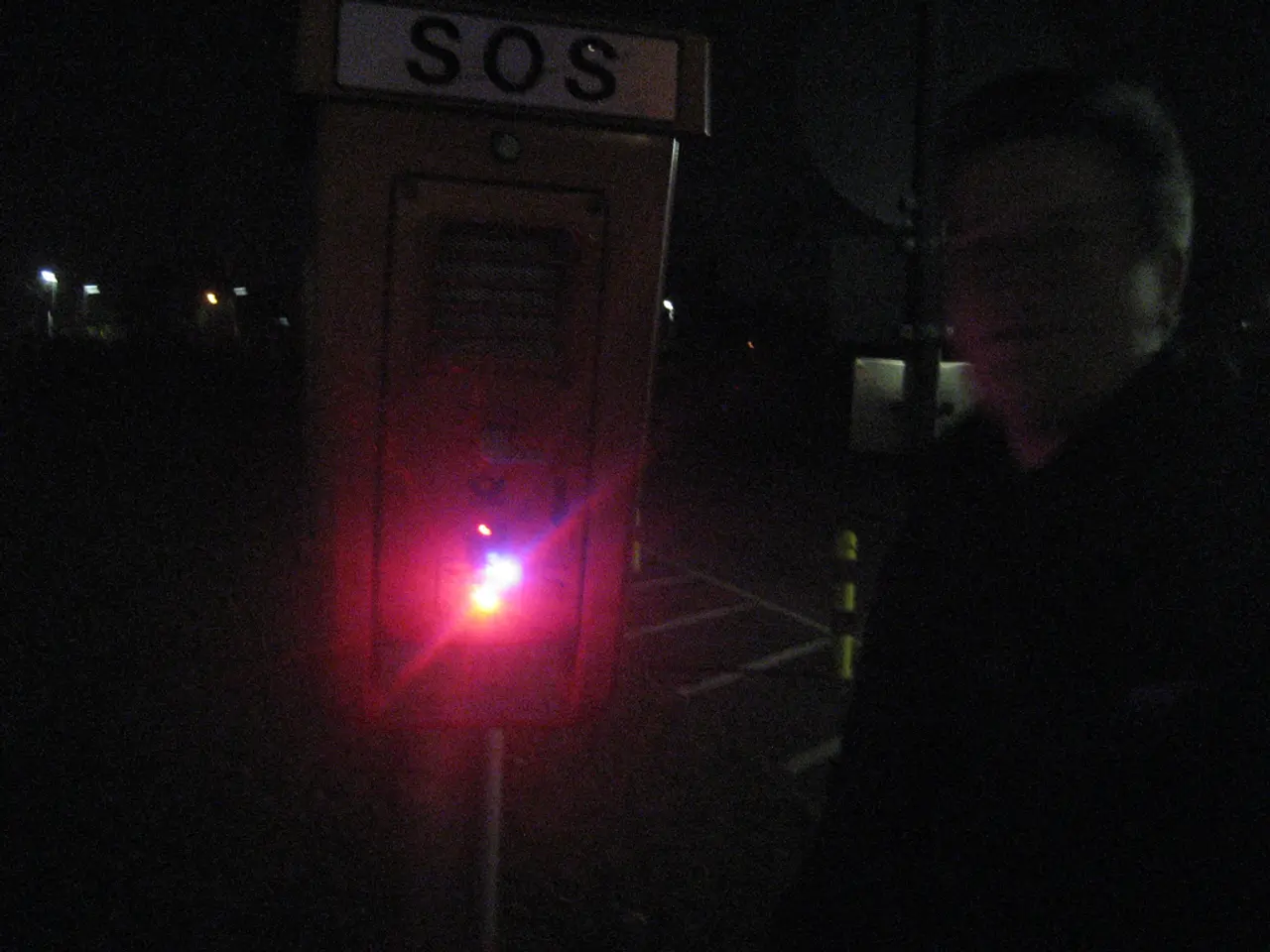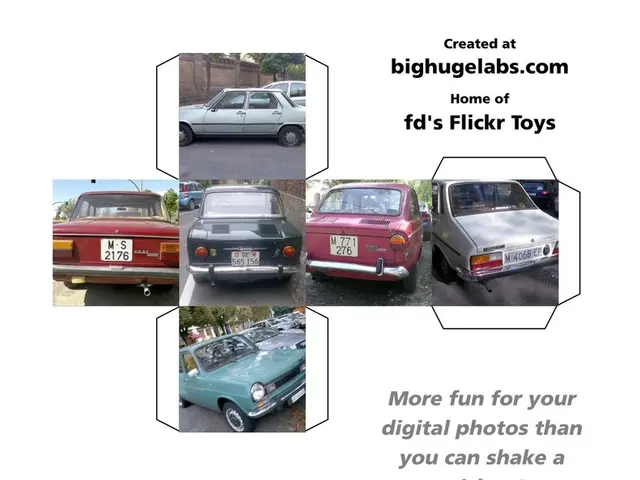Deep Analysis of RECCO Technology: Not Typically a Life Saver, Yet Favored by Search and Rescue Teams
In the world of search and rescue (SAR), every second counts. That's where RECCO technology comes into play, aiding SAR teams in locating lost individuals in snowy, debris-filled, or remote terrains.
First developed in 1983, RECCO is a combination of "radar" and "echo," a passive system that doesn't require power or activation. It consists of two parts: a small strip embedded in garments, helmets, backpacks, or attached to gear, known as the RECCO reflector, and a specialized detector used by rescuers. The reflector bounces back radar signals sent out by the detector, allowing rescuers to pinpoint the location of the person.
The value of RECCO is emphasized by Eeva Latosuo, a Senior Avalanche Educator with Alaska Avalanche School and a member of the Alaska Mountain Rescue Group. She notes that it's a very cheap technology that everyone can have, making it an essential tool in the SAR arsenal.
In situations like avalanches, cloudbursts, landslides, or when someone is lost in mountainous terrain, RECCO technology can significantly speed up and improve the efficiency of rescues. By casting a wider net quickly, rescuers can detect the reflected signals from the RECCO reflectors, thus reducing search time and the number of rescuers needed in the field. In fact, a search team can cover up to 243 acres of terrain in just 6 minutes with a RECCO detector [1].
However, it's important to note that RECCO does not provide communication, GPS, or SOS capability. It only works if rescuers possess the RECCO detector; consumer avalanche beacons cannot detect RECCO reflectors, and vice versa [1].
Used worldwide, particularly in ski resorts and mountainous regions, RECCO technology is considered a valuable complementary tool in search and rescue operations. In Dharali village, India, SAR teams are using RECCO in combination with trained sniffer dogs, drones, and teams on the ground to possibly find survivors and recover the deceased [6].
It's crucial to remember that RECCO technology is not a replacement for other rescue tools, but because it's passive and can't be turned off, it's a valuable addition, even if the chance is slim that it will save your life. Using a combination of active and passive rescue technologies is considered the safest way to play in the backcountry, as each has specific purposes and improves personal safety in different ways [7].
Since 1986, brands such as Degre7, Patagonia, Arc'teryx, Decathlon, and SCARPA have integrated RECCO reflectors into their clothing, making it more accessible to outdoor enthusiasts [8]. So, whether you're hitting the slopes or venturing into the wilderness, consider adding RECCO technology to your gear for an extra layer of safety.
References:
[1] The RECCO System: A Passive Search and Rescue Technology
[2] How RECCO Works
[3] RECCO Technology: A Passive System for Search and Rescue
[4] RECCO Technology: A Game Changer in Search and Rescue Operations
[5] RECCO: A Passive Search and Rescue Technology
[6] RECCO Technology Used in Indian Village to Aid Search and Rescue Operations
[7] The Best Avalanche Beacons of 2025: A Comprehensive Guide
[8] Brands Incorporating RECCO Reflectors into Their Clothing
Read also:
- Vans returning, allegedly?
- New details have surfaced regarding the extended ranges for the Tesla Model Y L and Model 3+ vehicles.
- Steal a bargain on this weekend's best Apple products: MacBooks, iPads, and AirPods available at a discounted price on Amazon!
- Lincoln Navigator Seeks to Elevate 'Safe Haven' Standards








